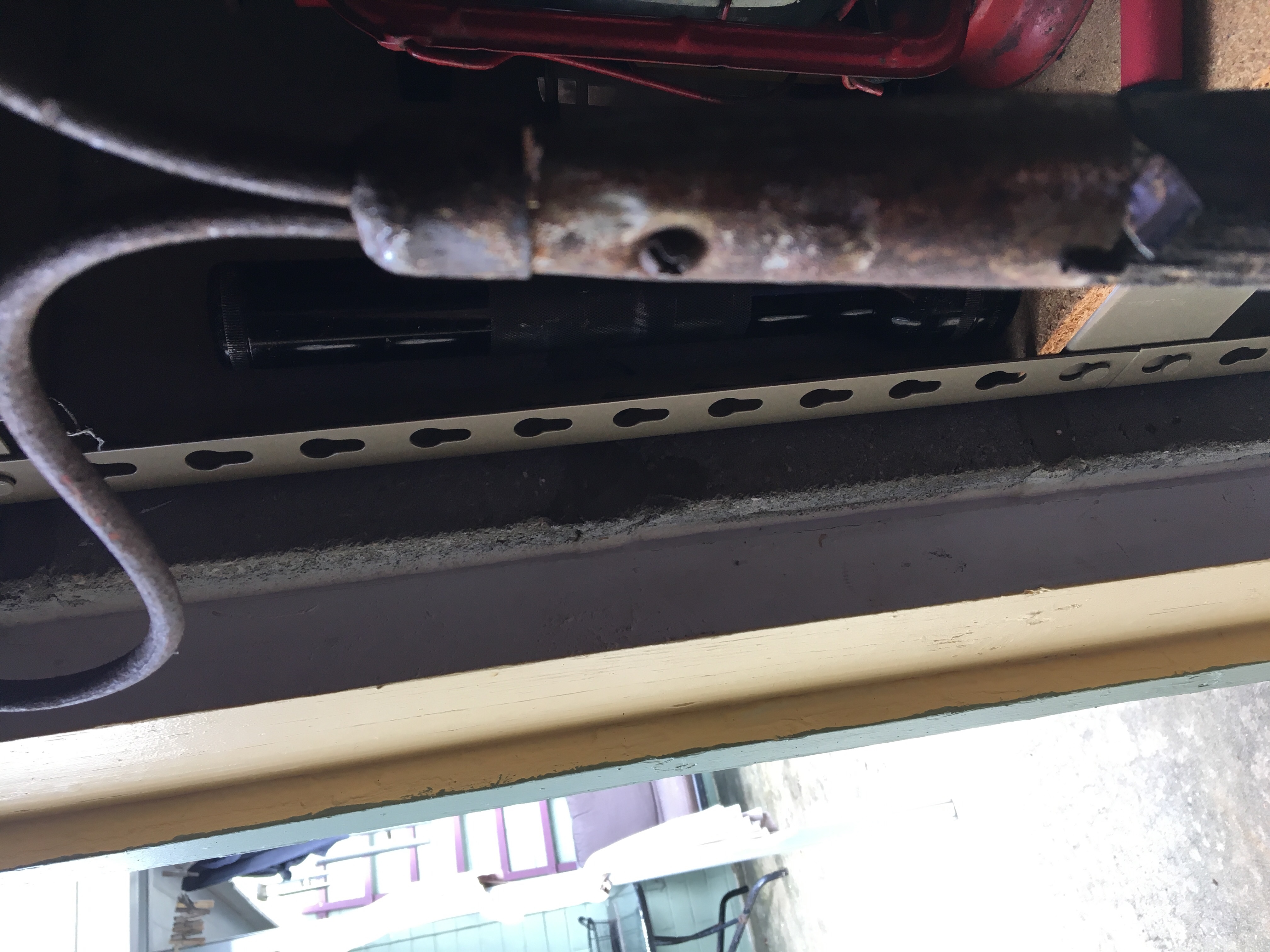My large, 20-year-old refrigerator, which came with the house, seems to use about 50 to 60kwh of electricity a month. It accounts for more than two-thirds of my electric power consumption, and it uses about twice as much electricity as a modern energy-efficient fridge. I’ve been engaged in an ongoing exploration to reduce my fridge footprint without buying a new fridge.
For a couple of months last winter, I simply left the fridge unplugged. With the fridge out of the picture, power consumption as shown on my utility bill varied from 17 to 30 kWh per month. (By the way, I still used the fridge to store veggies and such. Because my kitchen is located on the north side of the house, and because the weather was cool, the unplugged fridge functioned as sort of an above-ground root cellar.)
But in summer in Florida, that is not a workable strategy if a person wants any kind of cool storage. My next idea was to unplug the fridge for a few days at a time, plug it back in for 2-3 days (long enough for the freezer-packs to freeze back up), then unplug it for a few days til the cooling function was nearly gone, at which point plug it back in til the freezer-packs refroze, and so on like that.
By freezer-packs, I mean plastic bottles that I have rescued from the recycling bin and filled with water, as well as actual freezer-packs that have been left by housemates, guests, etc. Most of my freezer is taken up by freezer-packs; I rarely use frozen food. Also I don’t make or keep ice at home for my personal use. In other words, my freezer is set up just to keep the fridge cold.
Another tip: The last couple days of “off” mode, move your refrigerated items into the freezer compartment. In other words, at that point your freezer compartment is serving as a cooler.
So far, my experiment seems to be working, and my electricity consumption with this method appears to be 40 to 60 percent lower than in “regular fridge use” mode. The optimum ratio between plugged-in and unplugged appears to be about 2-3 days on; 5 days off. These findings are preliminary; I will keep you updated.
A friend of mine who knows a lot about machines and appliances assures me that leaving the fridge unplugged for a few days, then plugging it back in for 2-3 days, will not hurt it even on an ongoing basis.
I strive to minimize electricity consumption because doing so is a great way for households and communities to be more self-reliant, less dependent on remote service providers. I also do it because electricity production uses a lot of fossil energy, and there is a considerable amount of lossage in the process from burning fuel to generating electric current. Fossil-fuel production eats up a lot of land and degrades ecosystems. Minimizing electricity use, and popularizing a low-electricity lifestyle in the wealthy industrialized nations, are among the top things that I believe helpful to people and the planet.
Further Exploration:
If you don’t already know your electricity consumption, try to find out. If you get a utility bill, it should show up on the bill. If you live in a duplex or apartment where the electricity is included in your rent, your landlord might be able to help you get this information.
Average electricity consumption for households in the USA is 900 kilowatt hours per month. The Riot for Austerity “90 Percent Reduction” target is 90 kWh per month. Figure out where your household stands, and see if you can find some low-hanging fruit to reduce your dependence on electricity. Michael Bluejay’s website on saving electricity is a great resource for figuring out how much power your various appliances use.


